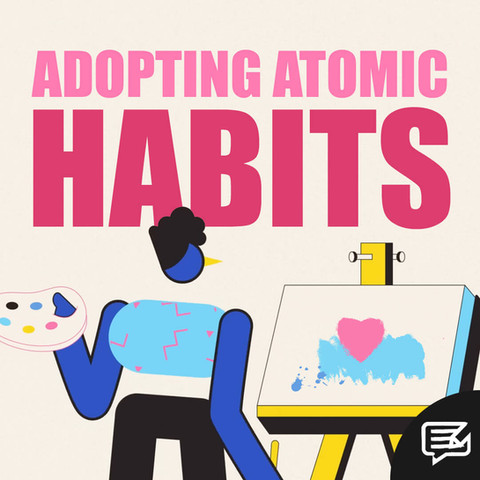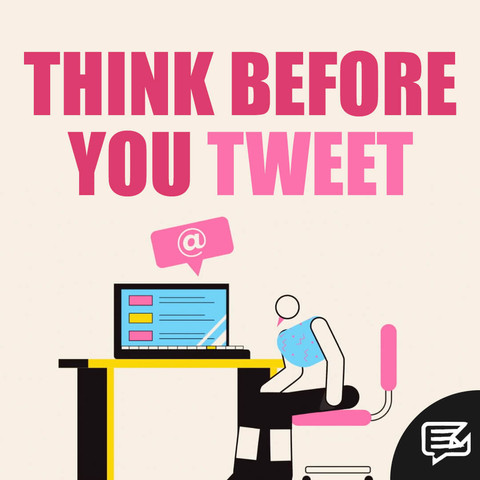
07.08.21
GROWING OLD IN THE DIGITAL AGE
Life expectancy in the UK has more than doubled over the course of two and a half centuries, from below 39 years in 1765 to 81.1 years in 2020. Smallpox outbreaks, World War One and the Spanish Flu epidemic contributed to dips in an otherwise overwhelmingly positive trajectory.
Even since the turn of the millennium, the life expectancy rate has increased by more than 5%. But it has since stalled, with the slowdown reported as one of the biggest among 20 of the world’s leading economies.



In a fascinating report from June 2020, Veena Raleigh - an epidemiologist working with The King’s Fund - explores possible causes for slowing mortality rates by examining trends ranging from gender differences and geographical inequalities, to how the UK compares with other countries.
Raleigh explains:
“Mortality has declined steadily since the 19th century, leading to a long-term rise in life expectancy for both males and females. Males born in 1841 could expect to live to only 40.2 years and females to 42.2 years, mainly because of high mortality rates in infancy and childhood. Improvements in nutrition, hygiene, housing, sanitation, control of infectious diseases and other public health measures reduced mortality rates, increasing life expectancy to 55 years for males and 59 years for females by 1920.
“The 20th century saw further dramatic improvements in life expectancy resulting from public health measures such as childhood immunisations, the introduction of universal health care, medical advances (such as in treatment of heart disease and cancer) and lifestyle changes, including a decline in smoking.”
So why the slowdown? Whilst acknowledging the reasons for the trends are unclear and hotly debated, Raleigh points to austerity-driven constraints as one key issue. Studies based on statistical associations demonstrate correlations between mortality trends and the “slowdown in spending on health and social care, increased waiting times, rising numbers of delayed discharges from hospital and cuts in welfare benefits.” But it’s not that clear-cut.
Statistical associations aren’t definitive proof of causality, and there may be alternative explanations for the large numbers of extra deaths:
“Public Health England’s review identified some of the factors contributing to slowing improvements in life expectancy: increasing numbers of older people vulnerable to flu and other winter risks, slowing improvements in mortality from heart disease and stroke, widening inequalities and rising death rates from accidental poisoning among younger adults (mainly due to drug misuse). It noted that the slowdown in mortality improvements is occurring across much of the population, at a time when health and social care services have been facing increasing demand and unprecedented financial pressures.”
And then came COVID-19…
“The scale of excess mortality associated with Covid-19 thus far, and evidence that many lives have been cut short (eg, almost 11 per cent of Covid-19 deaths were among people aged under 65 years), is unprecedented in recent decades. The wider socio-economic impacts of the pandemic could also have an adverse impact on health and mortality overall, particularly among more deprived and minority ethnic groups who already experience disproportionately higher mortality from Covid-19.
“As the number of deaths associated with Covid-19 in the UK is among the highest in Europe and as the UK already trails many European countries in terms of life expectancy, we could see UK slide further down life expectancy league tables. Some of the direct and indirect effects of the Covid-19 pandemic on population health and mortality in the UK could last beyond 2020.”
But it’s not all doom and gloom. Innovations in technology are providing older generations with more independence than ever before.
Take Cera Care, for example, a “tech-enabled care provider” based in the UK. The firm has raised over £20m in investment since its inception in 2016 and delivers around half a million home visits every month. According to the BBC:
“It allows families to arrange and manage home care for their relatives using a digital platform that finds a match for customers from a pool of available caregivers. It also uses Uber to ferry patients back and forth to hospitals for appointments and an on-demand delivery service to fetch customers’ prescriptions from pharmacies.”
Cera also developed Martha, a virtual assistant for caregivers. What started off as a chatbot is now a fully-fledged interface providing nudges and recommendations for care workers based on data collected about the client.
But Cera Care is not the only company developing assistive technologies for independent, healthy living…
“Top of the range hearing aids, for example, now contain fall detection as a safety feature. An undershirt studded with sensors was key to the functionality of Alfred, a virtual butler developed by the EU to engage with older people and lead them through daily balance and exercise tasks. The Lean Empowering Assistant or Lea, meanwhile, is a robotic walker which also serves as a virtual assistant and even dance partner.”
And for the animal lovers out there, how about cuddling up to your very own robotic fur baby… of the seal variety?
Viewers of Aziz Ansari’s Master of None will already be familiar with the Guinness World Record’s “Most Therapeutic Robot” - PARO – an adorable seal pup companion. Developed by Japanese engineer Dr Takanori Sibata in 2004, this little fella has been enhancing patient engagement in hospitals and care facilities around the world ever since. He’s so famous he even met Barack Obama!
PARO’s website explains:
“PARO has five kinds of sensors: tactile, light, audition, temperature, and posture sensors, with which it can perceive people and its environment. With the light sensor, PARO can recognize light and dark. He feels being stroked… by tactile sensor, or being held by the posture sensor. PARO can also recognize the direction of voice and words such as its name, greetings, and praise with its audio sensor.
“By interaction with people, PARO responds as if it is alive, moving its head and legs, making sounds, and showing your preferred behavior. PARO also imitates the voice of a real baby harp seal.”
PARO has been used to help those with dementia, cognitive disorders, developmental disorders and PTSD. Priced at £5,000 ex. VAT, however, it’s not something you’d buy on a whim. At least it’s house-trained, and comes in a choice of four colours.
For those facing memory problems, dementia, Alzheimer’s disease or Parkinson’s disease – or their carers - there are a wealth of (less pricey) assistive technology options available, as outlined by Which? in their helpful summary:
• Telecare systems use sensors placed around the home to remotely monitor the safety of users. Alerts can be sent to a 24/7 monitoring centre, carer or family member if there’s a problem. Telecare sensors can tell you, for example, when someone hasn’t moved for some time, has got out of bed and hasn’t got back in again or has left the gas on or their bath running.
• Personal alarms allow people to call for assistance if they have an accident or a fall at home.
• GPS trackers: a wearable tracker that includes an alert button, fall detector and two-way radio. The wearer can call for assistance or can be located if they have a fall or they travel outside of a preset ‘safe zone’.
• Memory aids come in many different forms. Some remind you what day of the week it is or when to take your medication; others can play you a personalised voice message when you pass by a sensor.
• Telehealth provides remote access to some health care services for people with long-term health conditions.
• Home safety and security devices include gadgets such as smart doorbells and home security systems.
• Technology for keeping in touch, such as specialist phones that are easier to use for an older person or someone with memory problems, as well as apps to help you communicate.
The latter point is vitally important, especially given the shielding and lockdown restrictions imposed over the past 18 months.
Elder, a live-in care provider, explains the benefits of tablets (of the technological variety!) in their piece on tackling loneliness:
“Owning a tablet is a fantastic way to stay in touch with people and reduce the feelings of isolation. Boosting well-being can alleviate the onset of depression, which in turn cuts down on the cost of social and private care.
“If your loved one is without the internet or a tablet, consider getting them set-up with this modern technology, and make sure you give them some basic lessons in how to use it. It could be more beneficial than you could ever imagine in raising their spirits and keeping loneliness at bay.”
As with all technology, it’s important to get the balance right. It’s not a replacement for one-to-one contact and support, but in a time where many have felt isolated it’s reassuring to know that we’re better connected than ever before.

























































